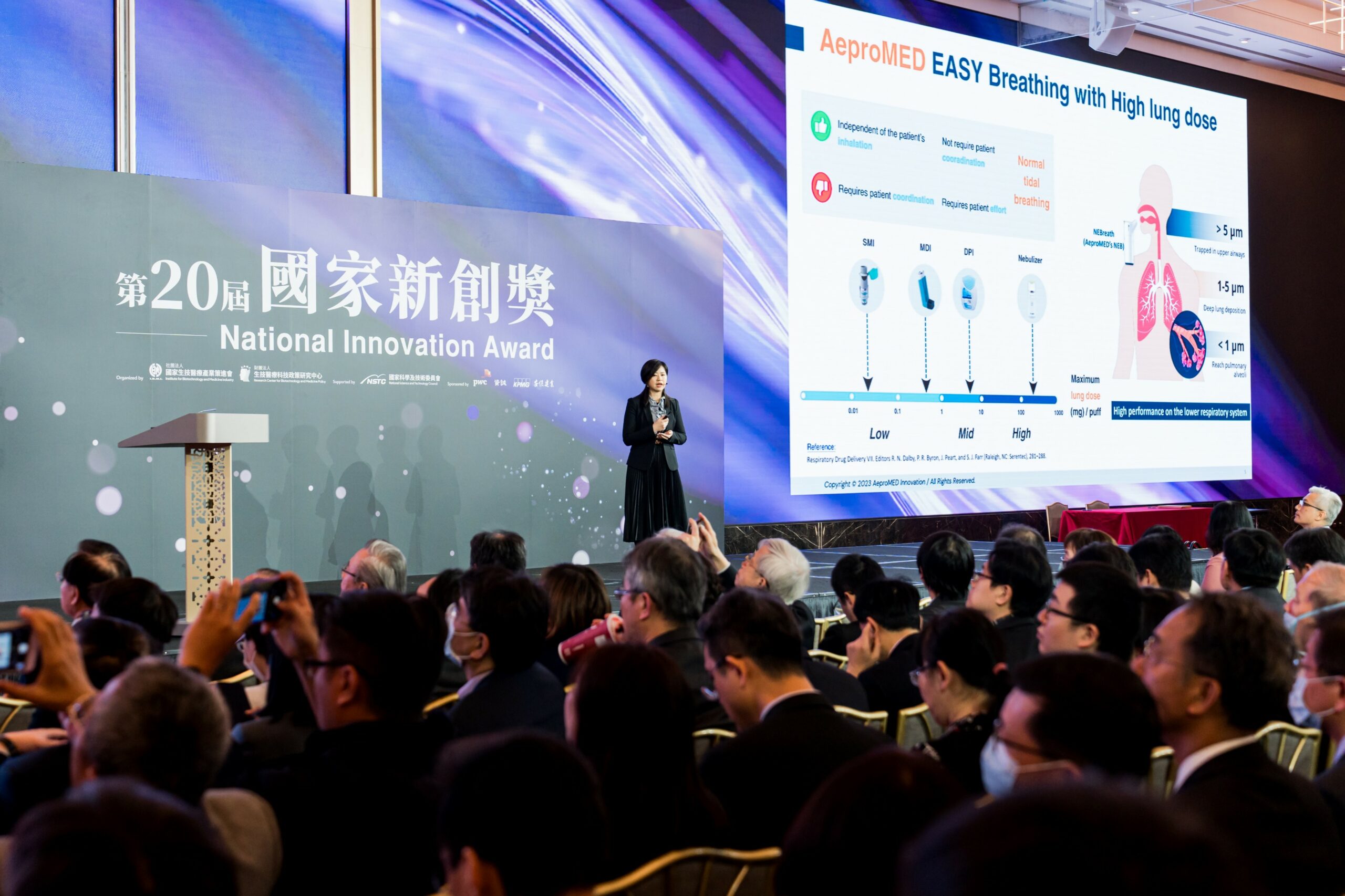Did you know that inhaled drug delivery has emerged as a promising avenue for systemic treatment? Leveraging the expansive alveolar area of the lungs, inhaled medications can efficiently enter the systemic circulation, offering a novel approach to achieving therapeutic effects. Let’s explore the three key types of drugs currently formulated for inhalation:
(1) Fast-Acting Small Molecule Drugs:
*These drugs, with a molecular weight below 1000 Daltons, demonstrate rapid absorption by alveolar cells through inhalation.
*Lipid-soluble compounds can penetrate cellular membranes, while lipid-insoluble ones navigate through aqueous pores in tight junctions.
*Market examples include Adasuve® for psychiatric disorders and Levadex® for pain control.
(2) Peptide and Protein Drugs:
*Despite lower and slower absorption efficiency compared to small molecules, advancements are being made.
*Pulmozyme® addresses pulmonary cystic fibrosis, while ongoing research explores applications for anemia, multiple sclerosis, infertility, growth hormone deficiency, etc.
(3) Vaccines:
*Inhaled vaccines, like those for measles and rubella, are particularly beneficial in developing countries, eliminating needle-related disposal issues.
*Research indicates superior efficacy of inhaled rubella vaccines, showcasing improved immune responses and lower side effects.
*The pharmaceutical industry is actively developing inhalation routes for both small molecule and biologic drugs.
AeproMED Innovation Co. LTD.’s AirHyper Platform (AHP) stands out as an efficient drug delivery platform, significantly reducing the development time for inhaled drugs.
#KeyTerms:
Dalton (Da): A unit of weight for atoms and molecules.
Peptide: A chain substance composed of 2 to 50 amino acids.
Neutralizing Antibodies Titer: Determined by diluting serum and testing its ability to neutralize the virus. A higher dilution factor retaining neutralizing power indicates a higher titer.
#References:
Ther Deliv. 2017 Jul;8(8):647-661.
Pharmaceutics 2020, 12, 1025.
Bull World Health Organ. 2002;80(10):806-12.
Can Respir J. 2018; 2018: 2732017.
Pharmaceutical Research (2023) 40:1037–1055
Pharm Res. 2023; 40(5): 1015–1036.”
-1024x576.png)
.png)


